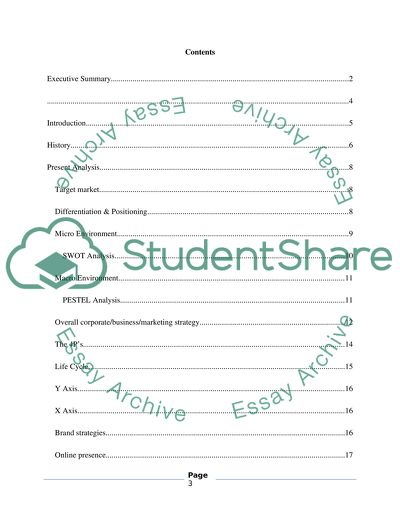Cite this document
(“Marketing and Management Critical Assessment Research Paper”, n.d.)
Retrieved from https://studentshare.org/marketing/1398337-marketing-and-management-critical-assessment
Retrieved from https://studentshare.org/marketing/1398337-marketing-and-management-critical-assessment
(Marketing and Management Critical Assessment Research Paper)
https://studentshare.org/marketing/1398337-marketing-and-management-critical-assessment.
https://studentshare.org/marketing/1398337-marketing-and-management-critical-assessment.
“Marketing and Management Critical Assessment Research Paper”, n.d. https://studentshare.org/marketing/1398337-marketing-and-management-critical-assessment.


